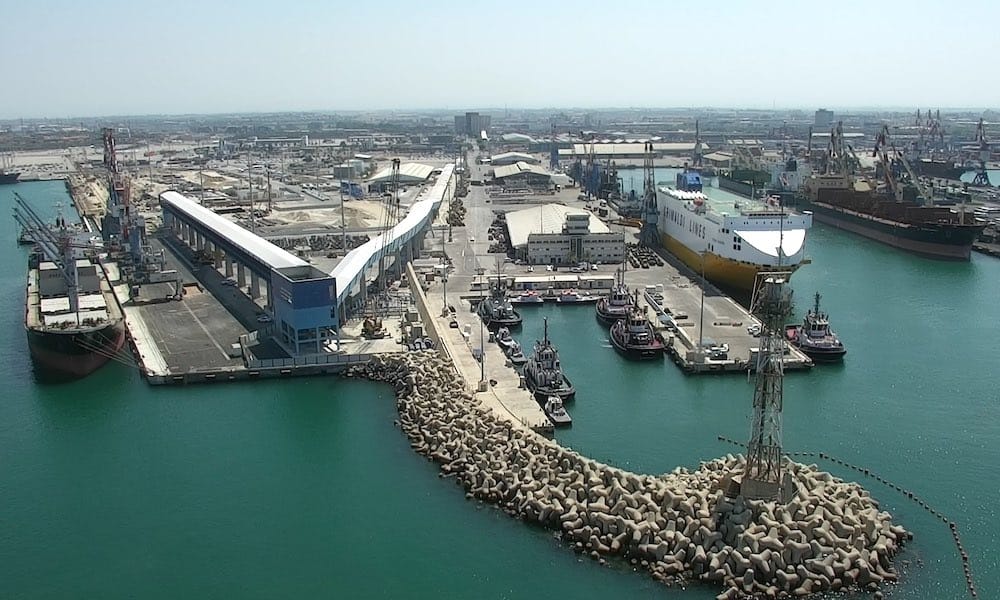Israel’s Ashdod Port Unveils $458M Upgrade Plan

Israel’s Ashdod Port Company has launched an ambitious infrastructure investment program worth approximately NIS 1.5 billion ($458 million) aimed at enhancing operational efficiency and expanding its capabilities. The initiative focuses on modernizing port facilities and transforming quays into specialized terminals tailored to different cargo segments. This strategic move is set to solidify the port’s status as a crucial component of national infrastructure.
Comprehensive Expansion and Modernization Efforts
The investment plan includes multiple projects designed to optimize the port’s operations. A significant aspect of this program is the acquisition of 12 electric rubber-tired gantry (ERTG) cranes, which is part of a broader goal to obtain a total of 34 cranes by 2030. These cranes are essential for improving the efficiency of container handling and will be complemented by the construction of a new electrical substation. Additionally, the port plans to expand the container storage yard behind Quay 21, increasing its capacity by an additional 4,000 containers.
UK’s ‘most beautiful’ village is quaint seaside spot with bustling quay | Travel
In tandem with these developments, the Ashdod Port Company is advancing the second phase of the Quay 21 upgrade project. This phase includes constructing a new container storage yard in the quay’s hinterland, alongside the procurement of the ERTG cranes and the establishment of a dedicated transformation station and electrical substation. A new transformation station has already been completed, indicating progress in the overall project timeline.
Moreover, the introduction of advanced jib cranes is part of the strategy to optimize Quays 7 and 9 for general cargo and bulk operations. These cranes feature a maximum working radius of 48 meters and are capable of handling various types of cargo, including heavy project loads weighing up to 124 tons. With the upgrades, the improved quays will be able to accommodate vessels weighing up to 100,000 tons, further enhancing the port’s operational capacity.
